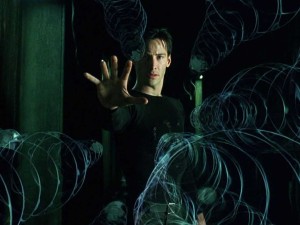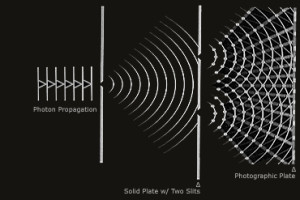Do we all live in a simulation? The question is not new. Philosophers such as Descartes and Berkeley explored similar ideas 100s of years ago. Movies like the Matrix have familiarized most people with the potentiality. But that’s just a movie, right? Maybe not.
Without getting too deep into probability and statistics, some scientists say that it’s a very strong possibility that we live in a simulation. Think of it this way. At our current stage of technological development, how many simulated worlds exist in the gamer universe? 100s, 1000s? It’s only a matter of time before the simulations we create, and the characters within, reach a level of complexity on par with our reality. These manufactured realities would be indistinguishable from our own. Imagine 100 or 10,000 years into our future when simulations contain characters possessing artificial intelligence and consciousness. Entities will be born, grow old and die within simulations. These simulations could replicate many different time periods, even the 21st century, ours. If our future selves only create 3 simulations that are indistinguishable from our reality, that’s 4 “realities” in total. Ours + the 3 they create. That means there would be a 1 in 4 chance that we are in the “true” reality. But why stop at 3 created realities? Why not, 10, 1000 or one for every person? In this scenario it’s almost guaranteed statistically that we are not in the original reality. We’d be more likely to win the lottery than be in the original reality.
There has been quite a bit of research regarding this issue. Some physicists say that cosmic rays may hold the key to answering this big question. I think other clues can be found at the quantum scale where “spooky actions at a distance” occur. See https://en.wikipedia.org/wiki/Action_at_a_distance
The observer effect in the double slit experiment fascinated me as a teenager. See https://theobservereffect.wordpress.com/the-most-beautiful-experiment/
One of the conclusions derived from this experiment was that observation effects reality. Maybe this effect, or others like it, hold a clue that will help scientists determine if our reality is a simulation. The two slit experiment requires sophisticated technology. Uncovering the actions of an individual photon is beyond the ability of our eyes or ears. Were it not for our technology, we would be blind to the true nature of things. The senses bestowed upon us by evolution are not adequate to detect a simulation, if there is one. Would the creators of the simulation expect the conscious entities inside to eventually figure out the truth? It’s possible that our technology will reach an “intersection point” where our advances reach the level of the technology on which the simulation runs.
Could the creators themselves be a part of an even larger simulated reality? We would be a simulation within a simulation. How many simulations deep could one go? Theoretically, the only limit to the number and depth of simulated realities would be computing power. I imagine that it would be quite disconcerting if we were to to learn that we were say, 25 simulations removed from the true reality. What if the number was more shocking, like 1000 or a billion?

